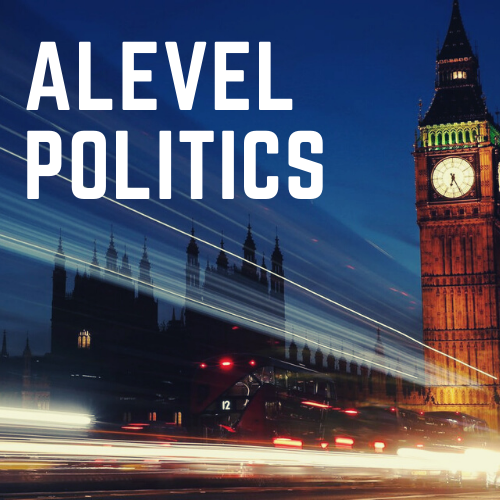To what extent do multiculturalists differ on their view of diversity
Diversity has always been an important idea in multiculturalism as a political. Often accompanied by the notion of respect and recognition, it is still treated as one of the main principles in multiculturalism. Nevertheless, the definition of diversity has diverged in the 3 strands, subsequently causing a clash in the final product of diversity. While pluralists insist on “deep diversity” as an end, cosmopolitan and liberal multiculturalists define diversity as a transitional state to more homogenous ends: a globalised society and a liberal society, respectively. It has become clear that multiculturalists differ on their view of diversity.
All multiculturalists fundamentally believe in the endorsement of diversity. Pluralist multiculturalists argue that every community has their own version of the “good life” as Parekh explains. Diversity should then be seen as an advantage as it “sensitises” communities by allowing them to learn from one another. Kymlicka and other liberal multiculturalists would agree with this premise, he adds that the state should not only tolerate but actively recognise and promote cultural diversity through “positive discrimination” and group differentiated rights in the form of legalistic pluralism and even cultural federalism. They both echo Taylor’s belief that non-recognition or misrecognition cause grievous wounds and ultimately lead to resentment towards society and social breakdown, hence why both strands maintain the importance of state intervention on the grounds of diversity. Even though cosmopolitan multiculturalists believe in a more transitional diversity and a globalised society, they would nevertheless agree with the two previous strands and emphasise positive discrimination.
However, multiculturalists disagree on the definition of culture as a component of diversity. Pluralist and liberal multiculturalists maintain that culture is deeply embedded inside individuals through what is known as the “primordial factors”. Taylor, a communitarian pluralist thinker, further explains that these factors arise from the cultural community of the individuals themselves and therefore, we need to treat diversity in set number of groups. This is in contrast to cosmopolitan multiculturalists who reject the notion of communitarianism – they believe that culture is not embedded but rather fluid. Cultures are not set at birth, they are a matter of choice Furthermore, they believe that the world is, in the words of Tariq Modood, a “community of communities”. Communities cannot be easily defined as there are multiple sub-groups in each community. Parekh would object by saying that these “pick and mix” attitudes may actually detach people from their culture and ultimately undermine the true meaning of “deep diversity”. This goes to show just how divided multiculturalists are in defining diversity.
Multiculturalists also disagree on the objective of diversity. The liberal multiculturalist framework treats diversity as a means in order to achieve the final goal of a liberal state. Kymlica postulates in order to resolve tensions between many different cultures, we must first recognise culture and diversity. Only then will communities transition to liberal values and ultimately create a harmonious liberal society. On the other hand, pluralist multiculturalists would treat diversity as an end itself. Isaiah Berlin and other pluralist thinkers call upon “value pluralism”, they do assert that cultures will inevitably clash with each other but we must adopt “cultural relativism” and respect any values however absurd. Kymlicka in effect says that “liberalism is universalism”. Parekh would accuse him of “shallow diversity” for stifling cultures, he argues that liberalism is not universal, it is just a western culture among many other competing ideas.
In conclusion, therefore, multiculturalists disagree more on diversity than they agree. Diversity might consistently be the foundation of all forms of multiculturalism but its definition with regards to culture as well as its objective in relation to society have diverged within the three strands. Kymlica and Parekh would agree on the intrinsic nature of culture in individuals but this view is certainly not shared by cosmopolitan multiculturalists. Furthermore, diversity is seen as a means to achieve liberalism by liberal multiculturalists while pluralists would insist that it is already an end by itself. Overall, multiculturalists disagree more on diversity than they agree.
Nabil Winarso

